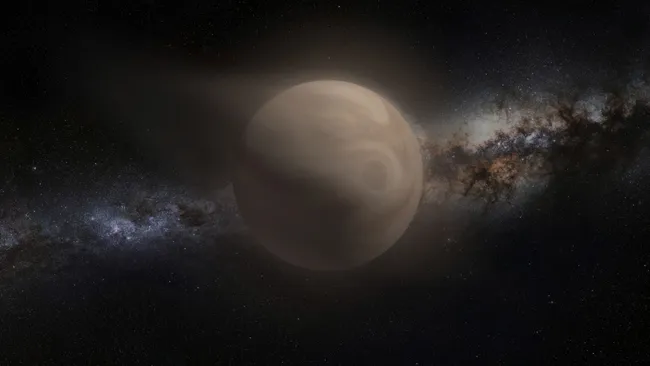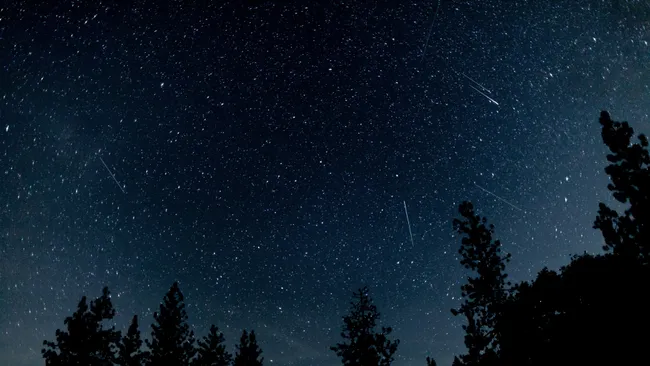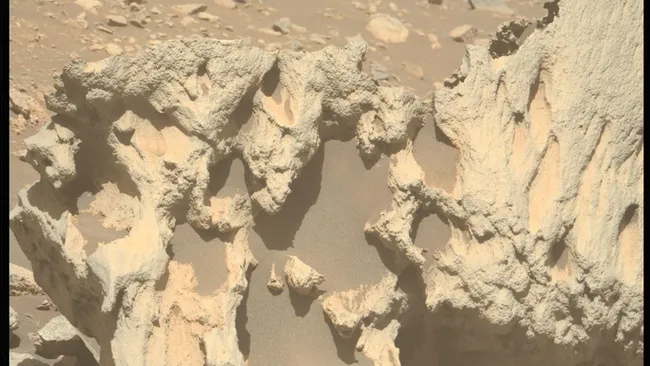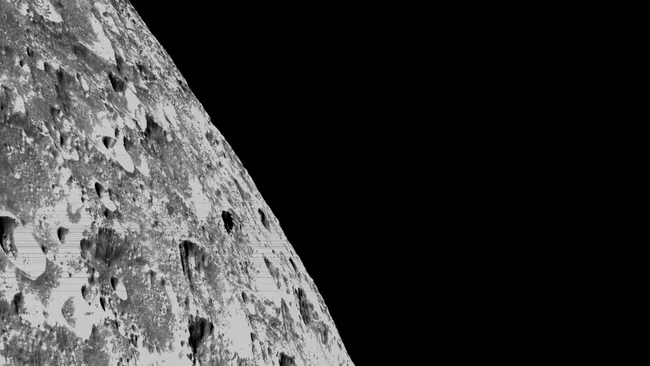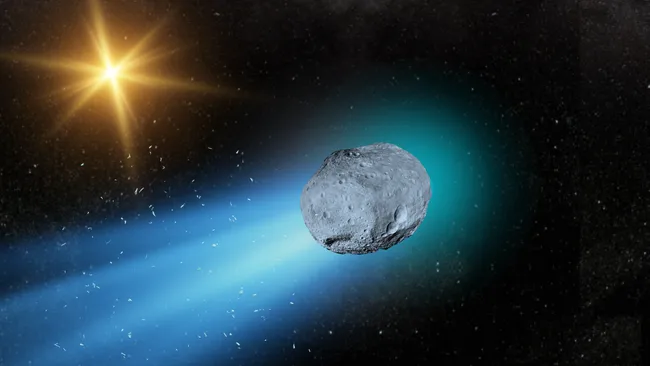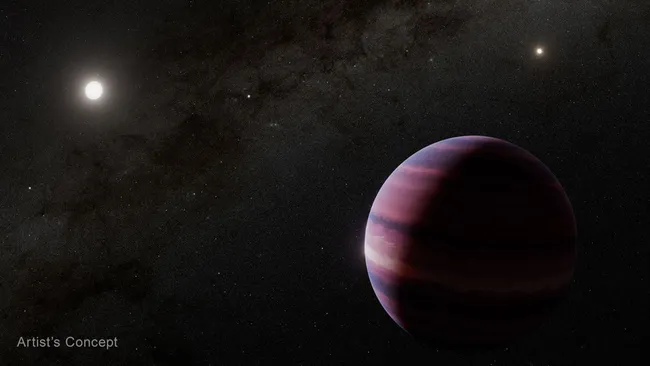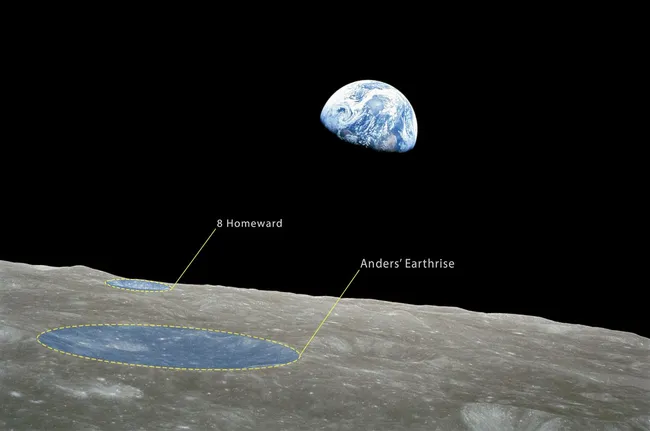Astronomers have found one of the strangest exoplanets ever — TOI-4507 b, a “super-puff” world that seems to defy nearly every rule of planetary behavior.
Located around 578 light-years away, TOI-4507 b orbits a young star only 700 million years old, one of the youngest planetary systems ever discovered. The planet itself is nine times wider than Earth but only 30 times its mass, making it roughly as wide as Jupiter yet less than a tenth of its mass.
This strange size-to-mass ratio gives TOI-4507 b its “super-puff” label — a planet so light and inflated that its atmosphere stretches far beyond what should be physically possible.
Even more unusual, TOI-4507 b follows a nearly polar orbit, swinging around its star almost perfectly perpendicular to the star’s rotation. It completes one orbit every 105 days, making it one of the longest-period super-puffs ever found.
Researchers behind this discovery used data from NASA’s Transiting Exoplanet Survey Satellite (TESS) and ASTEP, a telescope in Antarctica. Their early findings suggest TOI-4507 b’s weirdness can’t be explained by typical causes like tidal heating, which inflates many close-orbiting exoplanets.
Some astronomers speculate the planet could have a large ring system, creating the illusion of a massive size, but its temperature seems too high for such rings to last. Others propose the planet’s odd orbit might result from gravitational interactions or even a catastrophic event that tilted its original protoplanetary disk.
With more questions than answers, TOI-4507 b has become a prime target for the James Webb Space Telescope, which may help reveal the true makeup of its mysterious, low-density atmosphere — and perhaps explain how such an impossible planet exists at all.

